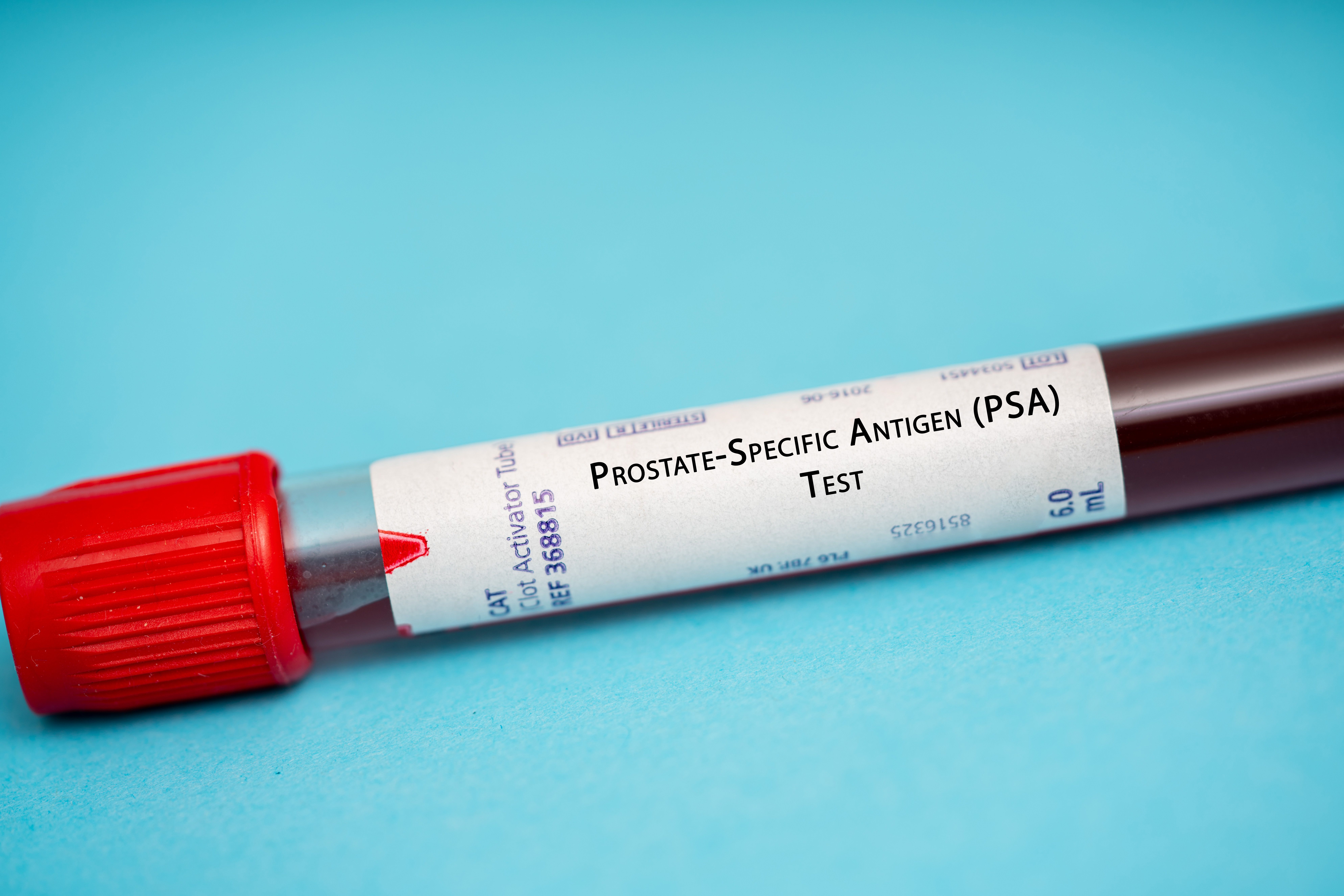Article
After No-PSA-Screening Recommendation, Prostate Cancer is Diagnosed Less Frequently
Author(s):
New diagnoses of prostate cancer have declined nearly 30 percent, a study has found, since the U.S. Preventive Services Task Force discouraged the routine use of prostate-specific antigen testing in 2011.
In 2012, the U.S. Preventive Services Task Force discouraged the routine use of prostate-specific antigen, or PSA, testing to screen men for prostate cancer. Since then, new diagnoses of the disease have declined nearly 30 percent, a study has found.
“We demonstrated that, following the recommendation, there was an immediate drop in the number of new prostate cancer diagnoses each month,” said Daniel A. Barocas, an assistant professor of urologic surgery at Vanderbilt University Medical Center. “One year after those draft recommendations, new diagnoses were down by 28 percent.”
The USPSTF recommendation had a specific aim, which was to reduce the burden of harm associated with prostate cancer detection and treatment. In October 2011, the task force issued a draft guideline discouraging the use of PSA-based screenings for prostate cancer after concluding the harms outweighed potential benefits. Harmful side effects of treatment may include incontinence, erectile dysfunction and radiation cystitis. The final recommendation took effect in May 2012.
To determine the effects of this recommendation, the investigators identified new cancers diagnosed between January 2010 and December 2012 that were listed in the National Cancer Database, a far-reaching registry that covers 65 percent to 70 percent of all cancer diagnoses. They studied the trend of prostate cancers diagnosed each month before and after the draft guideline, and compared prostate diagnoses with new colon cancer cases. Twelve months after the draft USPSTF guidelines were published, diagnoses of new low-risk prostate cancers had fallen by 37.9 percent while colon cancer cases remained stable. New prostate cancer diagnoses declined by 23 percent to 29.3 percent among men over age 70 and 26 percent among men considered infirm.
Barocas pointed out that, to a certain extent, the USPSTF recommendation does limit the harm done, but “there’s also collateral damage if you take away screening on a broad scale like that. And the collateral damage is in missing opportunities to diagnose intermediate and high-grade-disease patients who are candidates for treatment. If you miss those opportunities, you miss the chance to cure the patient and increase the treatment burden if the disease is caught later in its course.
“The results raise concern that, if this trend continues, more men may be diagnosed at a point when their disease is advanced. Younger, healthier men with intermediate or high-risk disease would normally be candidates for aggressive local therapy, and they may not be receiving a timely diagnosis under this policy.”
The long-term effect of the recommendation is yet to be seen, “but I hope the USPSTF will pay attention to these types of studies and revise their policies,” Barocas said. At the least, “there may be a more balanced approach to screening that engages the patient in decision making, which presents data in an even-handed way and allows for early detection in appropriate situations.”
Findings were posted online in the June 15 issue of The Journal of Urology in advance of publication.




